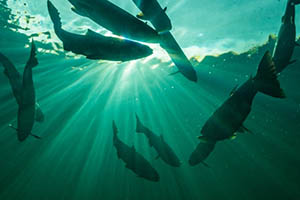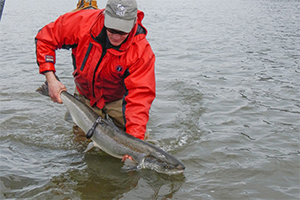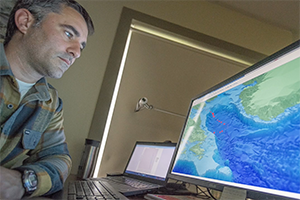SUCCESS STORY
Salmon Tracking Research
The West Greenland Atlantic salmon stock complex is comprised of Atlantic salmon originating from both Europe and North America. During the summer and early fall, fish are migrating near the west Greenlandic coast. This provides an opportunity for researchers to access fish that have survived through one year at sea and are generally destined to return to natal rivers as two-sea winter maiden spawners. These two-sea winter maiden spawners are a critical component of the spawning stock for many salmon population across the North Atlantic as they contribute a significant number of eggs given their larger size. ASF is implementing a multi-year satellite tagging program at West Greenland that will allow them to follow the migration and behavior of maiden salmon and reconditioning kelts on their journey to home rivers.

Atlantic Salmon Federation’s (ASF) mission is to conserve and restore wild Atlantic salmon and their ecosystems.


Project Goals
The goal of the project is to expand the ability to track North American salmon in estuaries and along the North American coast to the Labrador Sea and coast of Greenland through the use of pop off satellite archival tagging (PSAT) and acoustic tagging. ASF aimed to tag upwards of 50 salmon per year.
Strategies & Results
This multi-year effort found the Atlantic Salmon Federation spending three weeks in West Greenland using various equipment such as, trolling, fyke nets, trap nets and gill nets to capture and tag the salmon. Biological and genetic data was also collected from each fish before being released. West Greenland was chosen as the research site because it is one of the least understood legs of salmon migration and could reveal new insight into the causes of marine mortality.
The data collected by both capture and tracking allows the ASF to identify critical feeding areas as well as determine the impact of predators on the salmon. They can correlate the movements of fish with environmental variables most notably, currents, water temperatures and food supply. The tracking information also allows the ASF to explore climate driven ecosystem changes.
With the data collected ASF is able to pinpoint the causes of decline and offer solutions.

